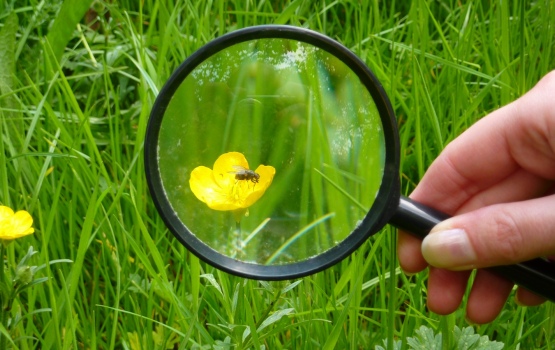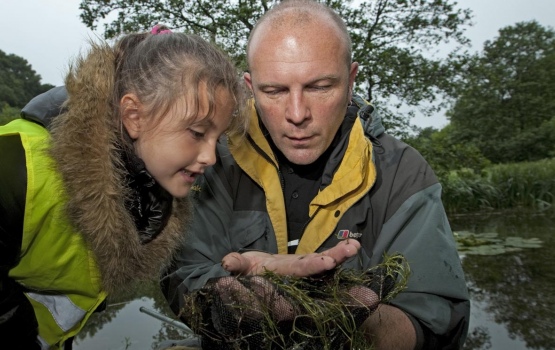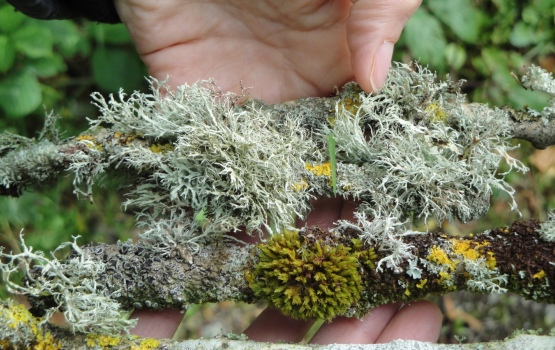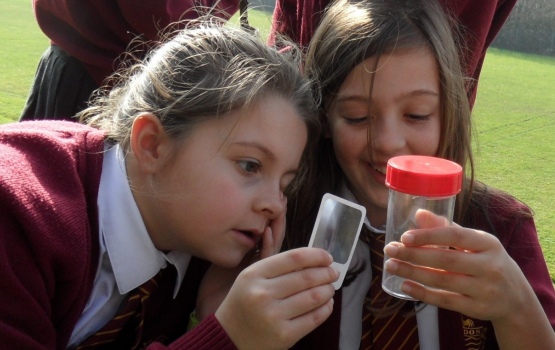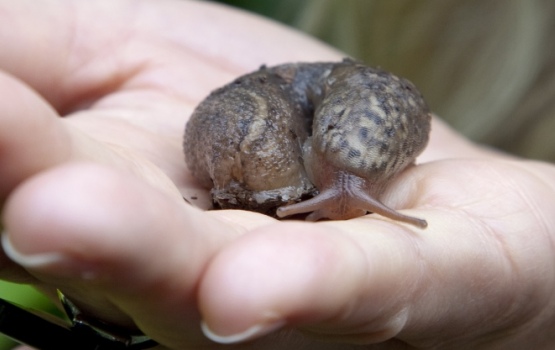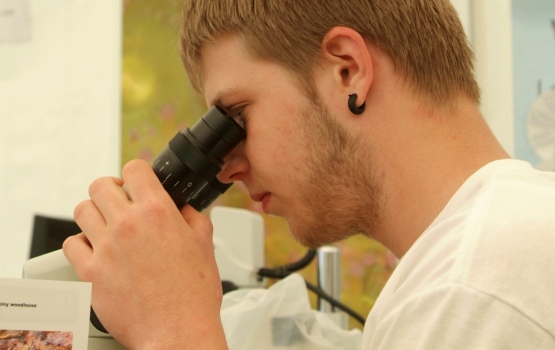Citizen science project inspires thousands to rediscover the outdoors
by Simon Levey
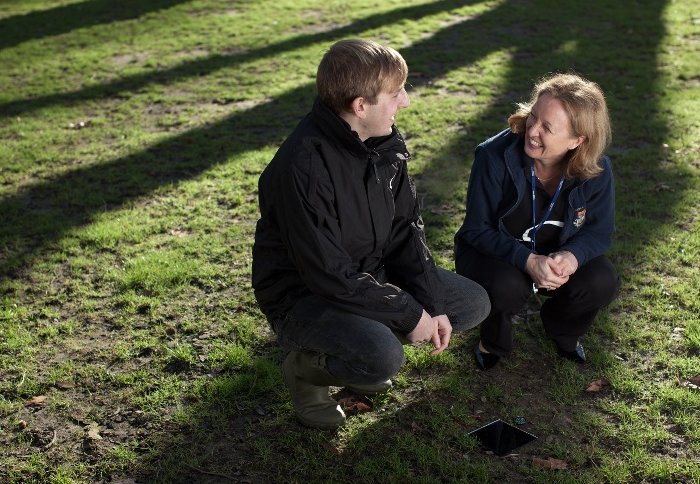
More than half a million people were inspired to explore local wildlife for the first time thanks to Imperial-led Open Air Laboratories project
Over the past five years, more than half a million people from towns and cities up and down the country have been exploring their local green spaces as part of the Open Air Laboratories (OPAL) project, led by Imperial College London and supported by a £14 million Big Lottery Fund grant.
Many participants were carrying out a nature survey for the very first time and have provided important data about biodiversity, including information about some places - particularly urban areas of deprivation - never sampled before by scientists.
Over 25,000 sites across England have been mapped and the interim findings are published in a new Community Environment Report that was launched yesterday in the House of Lords.
The report reveals some unexpected facts about England’s less studied environment and shows how OPAL led to scientists and the public working together to gather a wealth of new data about wildlife, their distribution across England and the condition of their habitats. In some cases, communities have been inspired to take steps to improve their environment.
After six successful surveys, the OPAL network is now working with the Department for Environment, Food & Rural Affairs (DEFRA), the Food and Environmental Research Agency and others to develop the first national survey on tree health, due to be launched later in 2013.
Dr Linda Davies, Director of OPAL and an urban ecologist in the Centre for Environmental Policy at Imperial College London, said: "We hope that the work done so far has gone some way to help address the need for increased environmental awareness, as well as provide important new information about the environment. However, scientists, government and, most importantly, the community must continue to work together in order for real progress to be made.
Just over half of the surveys were carried out by young people. A young participant aged 7, from Sheffield, said: "I have learnt about the different creatures that live in the pond and that we should not throw garbage into the pond because the creatures won't survive and I don't want them getting stuck in the rubbish. I care about these little creatures because they are part of nature and there is a need to protect them."
Environment Minister Lord de Mauley said: "This is a great example of voluntary, community, scientific and statutory organisations coming together to provide us with a greater understanding of the state of our natural environment and its importance to our everyday life."
While much of the data will be analysed and reported in due course, initial findings include:
- Domestic gardens – were found to be hotspots for earthworms; they had higher numbers of earthworms and a higher average number of species compared with other habitats investigated, such as woodlands.
- Air pollution – lichens more resistant to pollutants arising from sources such as car exhausts and those produced by intensive agriculture, were found to thrive on oak trees close to trafficked roads and cultivated fields. The OPAL Air Survey also recorded low levels of lichens known to be sensitive to pollutants, even in the countryside. These findings demonstrate that air pollution is having a direct impact on our environment.
- Urban ponds – on average, pond health scores (determined by the invertebrates present, like water shrimps, larvae and water bugs) were lower in urban areas than in rural areas. Algal blooms were less frequent in urban ponds (but rubbish was found more frequently). Pond sediment samples provided by the public allowed scientists to assess the concentrations of trace metals such as lead, mercury, copper, nickel and zinc. The results show that there are elevated concentrations of one or more metals that could have a detrimental effect on pond life.
- Hedges – urban hedges contain more beech, privet, laurel and yew, while rural hedges had more hawthorn, bramble, blackthorn and dog rose. The four most common kinds of invertebrates recorded in hedges were spiders, ants, snails and woodlice. Urban hedges contained 50% more ants than rural hedges. Hedges with better structure provided more animal food and sheltered a greater animal diversity both in urban and rural areas, confirming that hedges are essential habitats for wildlife.
- Wind speeds – findings on wind speed and thermal comfort in different environments will contribute to research that will help inform strategies for managing the impact of climate change.
- Bugs – over a million invertebrates have been recorded in the Bugs survey so far, showing just how numerous invertebrates are, even in heavily built-up areas. Soft surfaces such as bare soil, lawns and fallen leaves proved to be the most popular habitats for bugs demonstrating that gardens are important habitats. Species such as the Tree Bumblebee, were recorded just as frequently in towns as in the countryside but others like the Small Tortoiseshell Butterfly were more frequent in the countryside.
OPAL is changing people’s behaviour towards the natural environment. An online survey of almost 600 (593) participants, carried out by OPAL’s social science team revealed that:
- Almost 75% said that they will try to do more surveys like OPAL's in the future
- 43% said that OPAL had changed their thinking about the environment; and
- 37% reported that they will change their behaviour towards the environment.
- Of participants who indicated that they were not a member of an environmental organisation, over one third (36%) said that they were more likely to join one after participating in an OPAL activity.
Preliminary results from the five-year project are presented in the OPAL Community Environment Report and further analyses will be made available next year through the OPAL website, scientific publications and a supplementary report. Sign up for alerts for the next round of findings at www.opalexplorenature.org/user/register.
Article text (excluding photos or graphics) © Imperial College London.
Photos and graphics subject to third party copyright used with permission or © Imperial College London.
Reporter
Simon Levey
Communications Division
